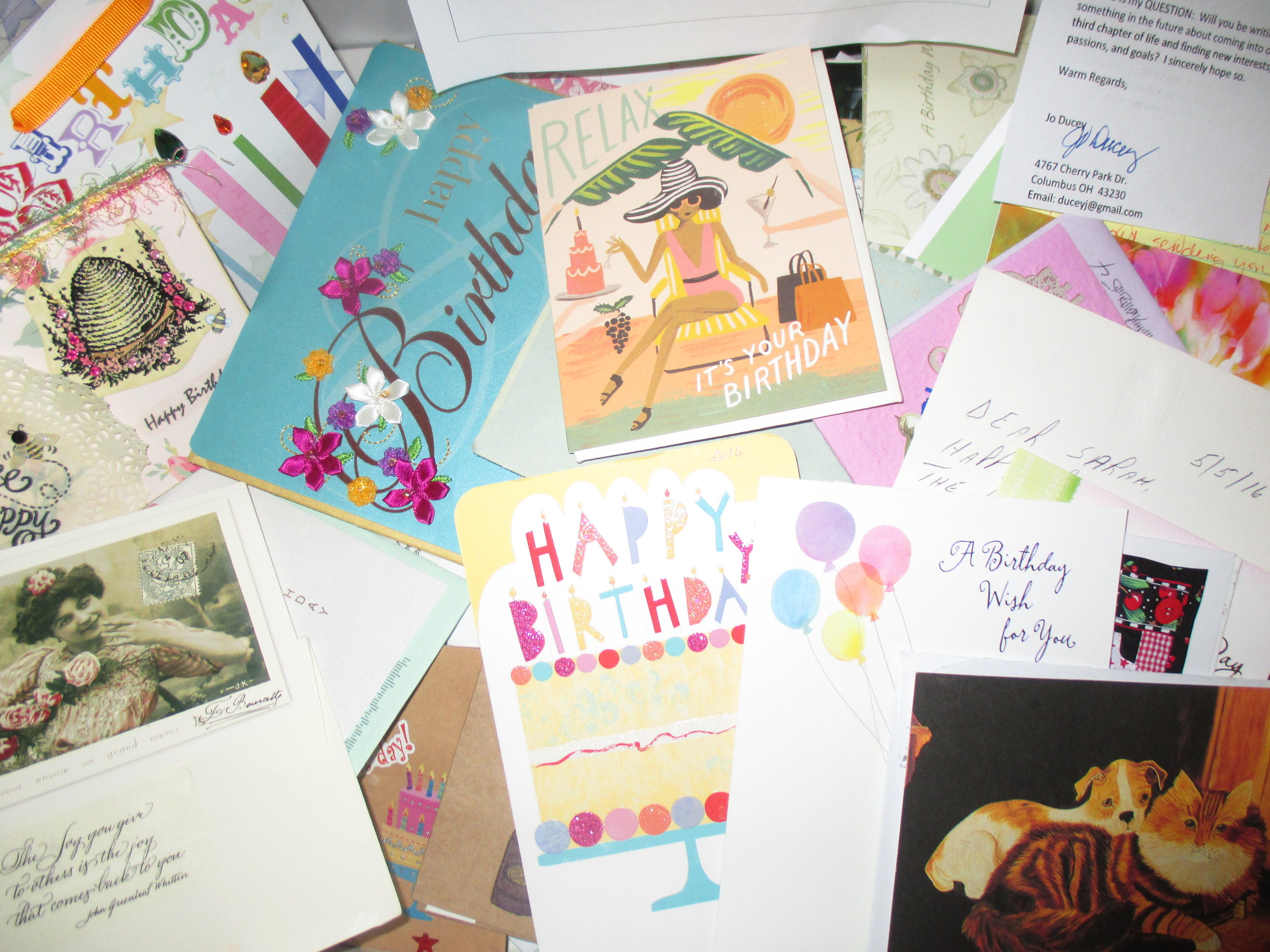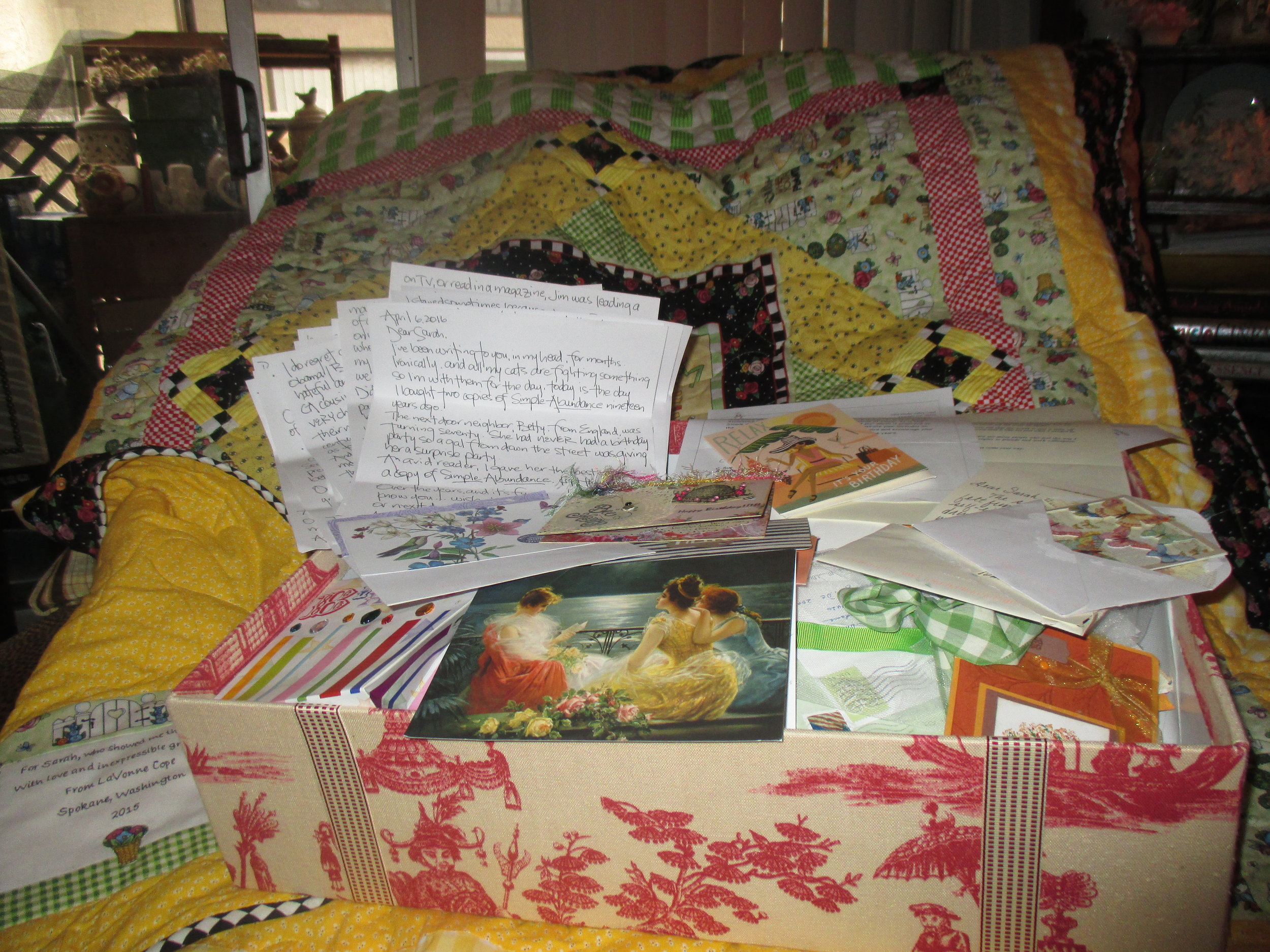While we are all so wrapped up in the presents we are
giving to gladden hearts at Christmastime, we might pause to think
of that other side of giving that means much more in every home—the giving of our ourselves. The Christmas Present, after all, is only a token
of our feelings, and more important are the daily contributions we each
make to the happiness of those near us.
-- House and Garden, December 1938
This dark, cold and wet December morning the annual feminine tug-of-war between hope and experience begins in earnest. Let’s get it right out there: this month is a hodgepodge of conflicting emotions, overwrought expectations, exhaustion, and an unarticulated despair that runs so deep we’re afraid to acknowledge it, never mind admit it.
Instead, we express the stress through tears, tantrums, bitching, moaning, screaming, sniping, migraine headaches, overspending, overdrinking, and overeating for the next four weeks. Are we making merry yet? Suddenly Ebenezer Scrooge becomes the most maligned and misunderstood figure in literature. But even old Scrooge’s Christmas turned out miraculously in the end and so will ours if we keep believing.
Recently I went back to peruse the meditations I originally wrote about the Christmas season in Simple Abundance which was published in November 1995. (Thankfully, it still finds new readers each week; maybe you’re among them and how grateful I am for your company!) Quite frankly, I was surprised by how nothing has changed since I was the mother of a young daughter and a freelance writer trying to carve out a life of contentment with work that could pay the bills. Then I was living Simple Abundance, experimenting with its fundamentals (as I’ve always been my own Research and Development Lab), not just writing about it. As I was learning how to use the power of Gratitude, Simplicity and Order to ground me in my daily round, so that I could be open to the Harmony, Beauty and Joy surrounding me, the results seemed miraculous.
They still do.
I’ll never forget the Christmas memory of my 8 year old Katie rushing into the kitchen after her Dad had taken her to the lighting of our local town Christmas tree. Her cheeks were flushed with excitement as found me in the kitchen taking out a pan of gingerbread and she was jumping for joy. She had been asked to push the button to switch the lights on. “Can you believe it, can you believe it!!?” Since her Dad was the mayor, I could believe it, but kept that explanation to myself with a wink and a smile. Finally, the only way she could describe it to me was to throw her arms wide and say, “Mommy, Mommy, you just had to be there. It was Simple Abundance!! It was Simple Abundance, I tell you, Simple Abundance!!!
What do I cherish most about this memory? Let me count them all and may the grace of Gratitude bear witness: My little girl was happy and healthy; she used the words “Simple Abundance” for the first time and truly knew what the expression meant for her and me. Her Dad had taken her to the event; I had a delicious holiday dessert waiting for us all. As we sat around the table and shared the adventure of the day we knew that all we had was all we needed at that moment. We were grateful. We were happy. We were blessed. At that moment, all we had was all we needed.
Now I think of the SA principles as my Divine Graces, always present in my life, but unable to intervene unless I ask for help. I keep forgetting this truth in the day-to-day frantic rush, but just as you need to flip the switch on for the electricity to work, we need to ask for help. Specifically. Asking for help is a woman’s toughest personal challenge, at least it has always been and continues to be for me. But we cannot circumvent the Laws of Heaven and earth, though Providence knows we try to every day. So I’m going to suggest that you join me in a little holiday season experiment. Let’s invite the Simple Abundance “Graces” to get us in the holiday mood and show us just how “real” their Divine assistance is, here and now. But we need to ask, specifically, for what it is we need.
Cole Phillips
“Good cheer is not limited to Christmas carols, but can be made one of our gifts to the family all year round. I don’t mean that we should all be Pollyannas, but ‘a merry heart doth good like medicine.’ We give of ourselves by example and by our presence as well as by our presents. If we are jittery and irritable it is communicated through the whole household whether we will it or not,” the editors at House and Garden reminded their readers in 1938. “But we can give courage and encouragement, sympathy and advice. We can contribute so much to the sense of well-being and of security by own attitude and actions if we give a little thought to them, a little more thought perhaps than we give to the choice of our Christmas gifts, that we can create that atmosphere in our home. The things we do and say mean so much more than all the dolls and hobby horses and streamlined electric trains.”
So today Babe, let us be grateful that we don’t just know this truth, but through Grace and asking, we can both live it and gift it this holiday season and beyond.
Sending dearest love and blessings on our courage,
XO SBB














































